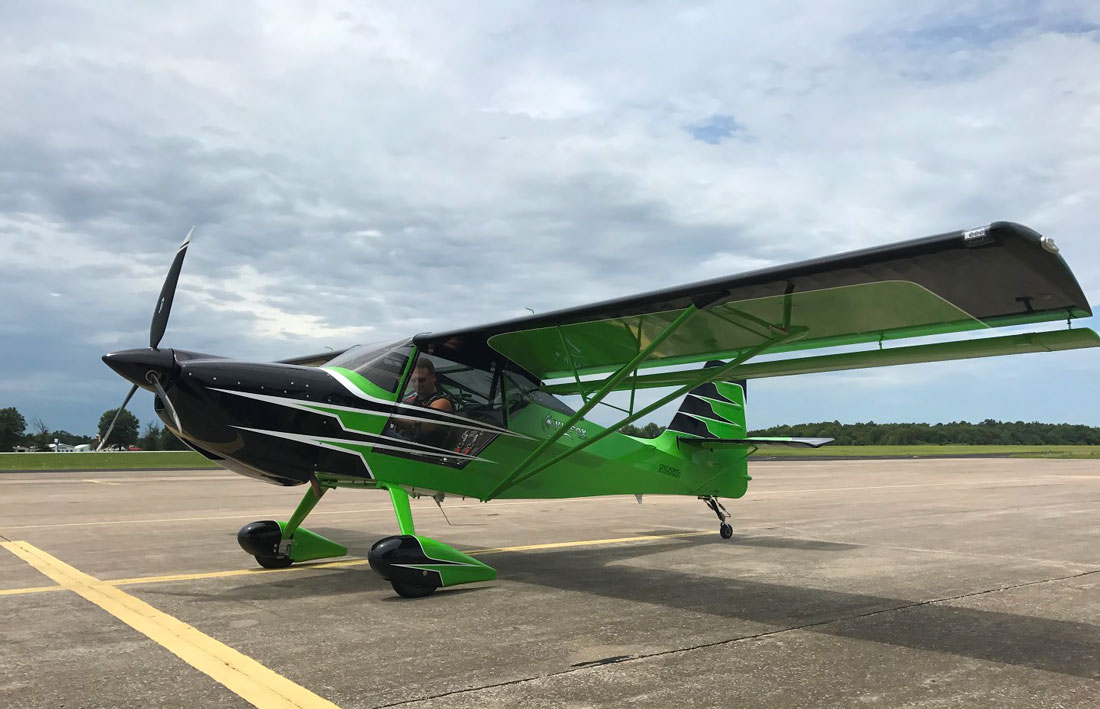The FAA is offering a free tool to pilots and aircraft owners, the Public ADS-B Performance Report Request (PAPR), that they can use to verify that their installed ADS-B Out equipment is transmitting properly.
According to Doug Carr, NBAA’s Vice-President of Regulatory and International Affairs, this is a valuable verification tool not only for aircraft owners and operators but also avionics shops. “Without a tool like this one, there is no way to know if the system is performing as expected. There’s no indication in the cockpit or any other sign of error if your system isn’t transmitting properly.”
How the FAA’s PAPR System Works For Verifying ADS-B Out Equipment
In order to use the tool, interested parties will need to visit this page on the FAA’s website, and provide the following information:
- The date and start time (in Zulu Time) for the flight to be monitored.
- An identifying piece of information for your aircraft, such as the tail number (this option is only available to US registered aircraft), or the ICAO Address of the aircraft in either hex, octal, or decimal format.
- A contact name
- A valid email address that the FAA can send the requested report to
- Information on the configuration of the ADS-B Out equipment that has been installed in the aircraft. The FAA offers a selection list for the more common equipment and an area for notes if you don’t find your equipment on the lists.
According to the FAA, for the best results, the flight should be within “published areas of FAA ADS-B Coverage.” You can find the FAA’s ADS-B Coverage Map on their website. If a flight that matches the information supplied is located during the specified time and date, then the system will generate and send a PAPR report to the email supplied. The FAA says that reports are generally delivered within about 30 minutes.
Carr says it’s important to note that there is no penalty or violation if a PAPR finds a problem with the aircraft’s ADS-B transmission and that the error messages are meant to give the aircraft owner or operator information that can be used to help an avionics shop fix the problem. He encouraged all aircraft operators with ADS-B equipment installed to make use of the tool, adding that “It’s critical that aircraft owners and operators verify the health of their ADS-B equipment and ensure the FAA is receiving accurate data.”
Featured Image: Mário Simoes, CC2















Leave a Reply